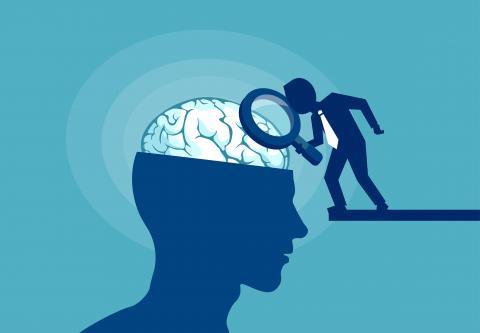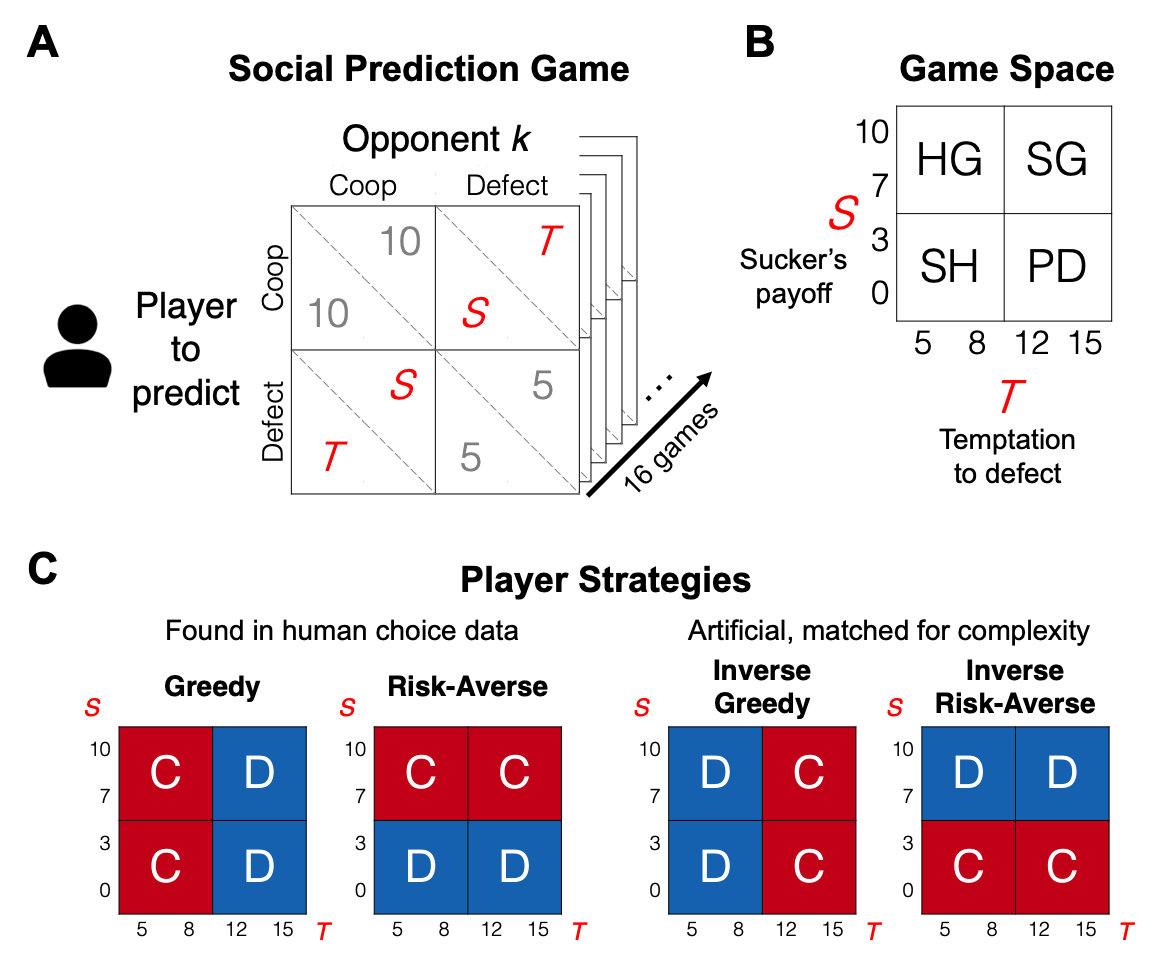Study reveals how humans learn hidden motives to achieve accurate social prediction

Humans are uniquely capable of predicting the behavior of other humans in a vast array of social situations. Yet, very little has been understood about the cognitive mechanisms that enable people to perform this activity on a daily basis.
In a new study published in the journal Nature Human Behaviour on Nov. 8, a team of researchers affiliated with Brown University’s Carney Institute for Brain Science provides critical insight as to how humans can learn the hidden motives of other humans to predict their behavior.
“People have this amazing ability to figure out another person's motives, such as greed and risk aversion,” said senior author Oriel FeldmanHall, Alfred Manning Assistant Professor of Cognitive, Linguistic and Psychological Sciences. “Motives like these are stable over time. Even though we might behave differently depending on the given situation, the motives that underlie our actions are more immutable.”
To demonstrate how humans infer motives to predict the behavior of other humans, the researchers designed an experimental social prediction game, which was presented as a two-by-two grid with four possible outcomes.
Each quadrant in the grid was split in two, with the player earning the value in the lower half and the opponent earning the value in the upper half. Two of the four outcomes had the same payoffs for every trial.
The payoffs for the other two outcomes were determined from a four-by-four grid that the researchers refer to as the “game space,” which included four different economic games: harmony game (HG), snowdrift game (SG), stag hunt (SH) and prisoner’s dilemma (PD).
“The key innovation of the design of the primary games was the idea of a ‘game space’ in which you never encounter exactly the same game or social tensions,” said study author Matthew Nassar, an assistant professor of neuroscience at Brown who played a role in developing the computational models that enabled the researchers to understand the patterns of behavior across trials.
The players performed in accordance with four different strategies: a greedy strategy that maximizes the payoff, a risk-averse strategy that maximizes the minimal payoff, inverse-greedy—for example, someone who minimizes the payoff—and inverse risk-averse, such as someone who minimizes the maximal payoff.

In the stag hunt game, as pictured in the image on the right, a greedy player will cooperate because the payoff for mutual cooperation is higher than the sucker’s payoff, the temptation to defect, and mutual defection. In the snow drift game, however, a greedy player will defect because the payoff is higher than the payoff for mutual cooperation. Even though the player's behavior (cooperate or defect) changes during these two games, the underlying motivation (greed) remains stable.
The researchers learned that people can generalize observed social interactions to make social predictions in new, unique situations that extend beyond the game space, and that their strategy for doing so involves inference of the underlying motivations of others, and differs massively across individuals in terms of what motivations they consider or weigh heavily.
According to Nassar, these findings can have an impact on the field of social learning. “I think the field of social learning will likely take a cue from this study and recognize that the most impressive feats solved by the social brain are not the ability to learn from experience,” said Nassar, “but the ability to select and combine those experiences to make social decisions in completely novel situations.”
As a next step, the researchers said they plan to leverage functional magnetic resonance imaging (fMRI) to better understand the neural mechanisms that underlie generalization. They are also collaborating on projects that try to understand how exactly the brain combines multiple pieces of information to make a social or non-social decision.
Additional contributors to the study include Jeroen M. van Baar, the study’s first-author and a former postdoctoral researcher at Brown, and Wenning Deng, a former research assistant in the FeldmanHall Lab who graduated from Brown University in May 2021.



